How to save the world with sustainable design
The UN wants all our designs to be sustainable. Robyn Mitchell explains how, with top examples of sustainable design.
04. Make it renewable
Is there potential for your design to run on alternative, natural energy sources such as the sun, wind, water or human energy?
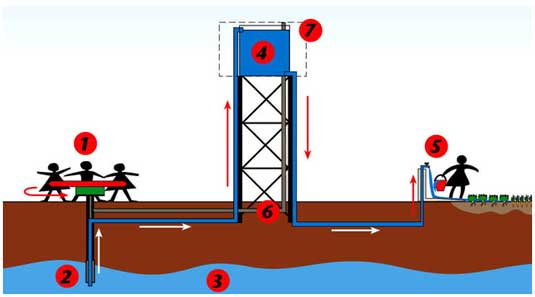
Here's another amazing project from South Africa. As children play on the roundabout, their energy causes water to be pumped from the underground into a tank. The tank is connected to a tap for easy access of the water.
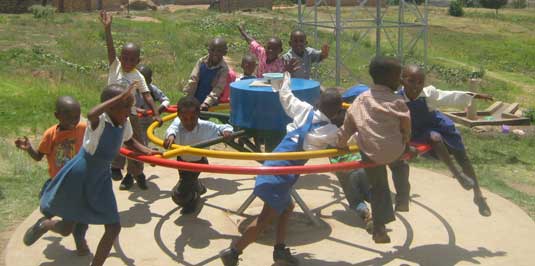
05. Repurpose materials
Is there potential to re-use products or materials in a new way, so as to eliminate waste and give it a new lease on life?
Justin Gignac's New York Garbage Cubes
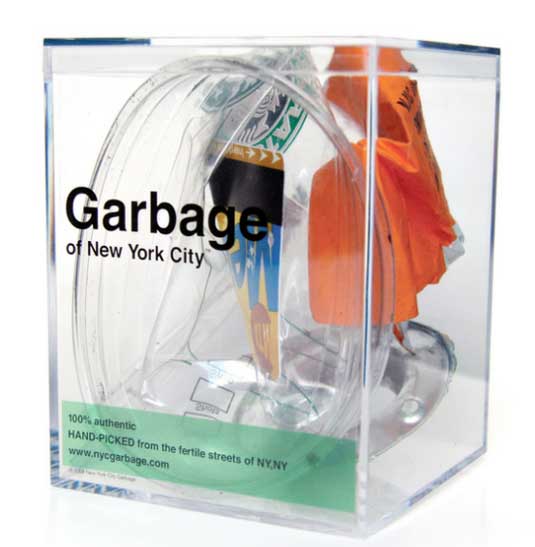
"As designers, we have the ability to create value out of absolutely anything. It's all in how you package it and present it to people," says Justin Gignac, Creator of New York City Garbage Cubes.
What started off as pure determination to prove his co-worker's thoughts on packaging design wrong, Justin Gignac's attempt to sell garbage to the public launched into a full-scale business, with over 1300 New York City Garbage Cubes already having been sold worldwide.
Get the Creative Bloq Newsletter
Daily design news, reviews, how-tos and more, as picked by the editors.
Vissershok Container Classroom
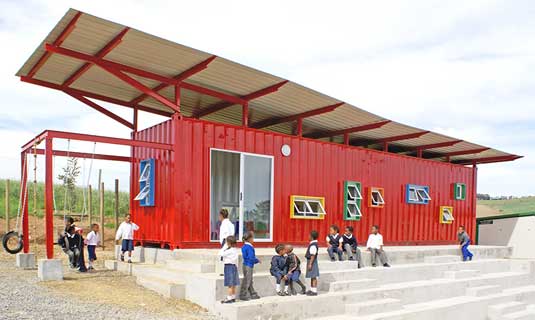
Commissioned by Safmarine Shipping, Tsai Design Studio created the Vissershok Container Classroom in Cape Town, South Africa. In the morning it serves as a classroom for Grade R students, and in the afternoon as a library for Vissershok Primary School.
Thomas Matthews' Corporate Identity
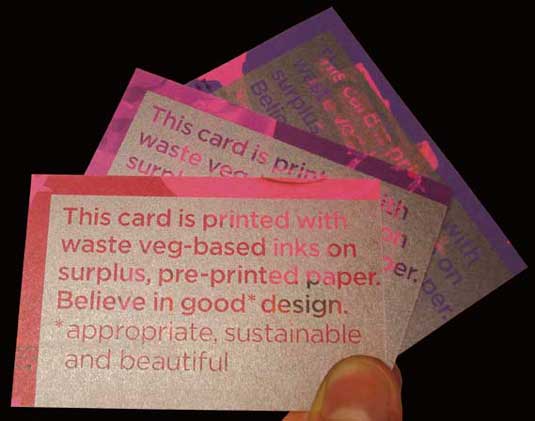
Thomas Matthews, a London-based communication design studio focused on sustainability, created its full corporate identity range using surplus printers' waste.
06. Make it recyclable
After the product has no possible further use is it constructed or made in such a way so that it is completely recyclable?
Cereal Revolution Packaging by Modern Species
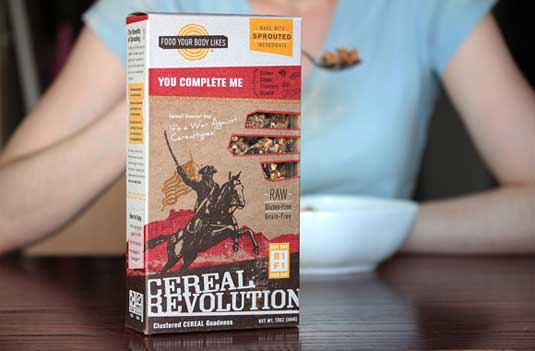
These Cereal Revolution boxes created by Gage Mitchell of Modern Species have been designed to be the absolute perfect size so as to minimize waste and shipping space, are constructed so that there is very little use of glue, printed on 100 per cent recycled paperboard with soy-based inks and are fully recyclable. Even the bag holding the cereal is made from compostable cellophane.
07. Make it biodegradable
Could the product or packaging be designed so as to be biodegradable?
Vot: a biodegradable vase/plant pot by Knoend
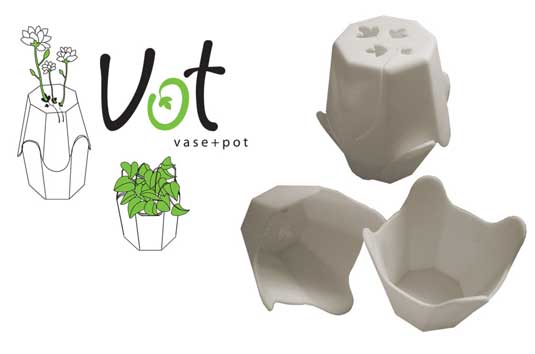
Knoend's Vot has been cleverly designed so that it can ultimately either be discarded with compostables or planted as a potted plant.
08. Make it upgradeable
We need to create products that are easily and more cheaply repairable and upgradeable rather than forcing consumers to buy new again when the product has reached its shelf life.
The Think® Chair by Steelcase Inc
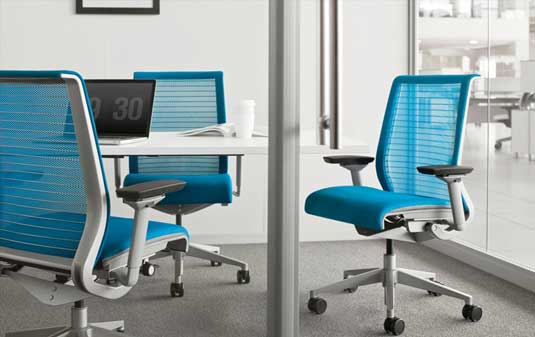
What makes the Think® Chair by Steelcase Inc so incredible is that it is 99 per cent recyclable, is made from up to 44 per cent recycled content, only needs five minutes for disassembly, and damaged parts can easily be swapped out for others, making it very easy to upgrade.
Further reading
- Graphic Eco Design - Quick Guide
- Textile and Fashion Eco Design - Quick Guide
- Product and Industrial Eco Design - Quick Guide
- Sustainable Design Checklist by Design Can Change
- Sustainability Scorecard by Celery Design Collective
- Ten Ways Design Can Fight Climate Change by Thomas. Matthews
Words: Robyn Mitchell
Robyn Mitchell is an illustrator, graphic designer, and sometimes-copywriter living and working in Cape Town, South Africa, which is the 2014 World Design Capital. Take a look at her portfolio on Behance.
Like this? Read these!
- The designer's guide to working from home
- Stunning iOS icons
- 101 Photoshop tips, tricks and fixes to try today

Thank you for reading 5 articles this month* Join now for unlimited access
Enjoy your first month for just £1 / $1 / €1
*Read 5 free articles per month without a subscription

Join now for unlimited access
Try first month for just £1 / $1 / €1

The Creative Bloq team is made up of a group of art and design enthusiasts, and has changed and evolved since Creative Bloq began back in 2012. The current website team consists of eight full-time members of staff: Editor Georgia Coggan, Deputy Editor Rosie Hilder, Ecommerce Editor Beren Neale, Senior News Editor Daniel Piper, Editor, Digital Art and 3D Ian Dean, Tech Reviews Editor Erlingur Einarsson, Ecommerce Writer Beth Nicholls and Staff Writer Natalie Fear, as well as a roster of freelancers from around the world. The ImagineFX magazine team also pitch in, ensuring that content from leading digital art publication ImagineFX is represented on Creative Bloq.
